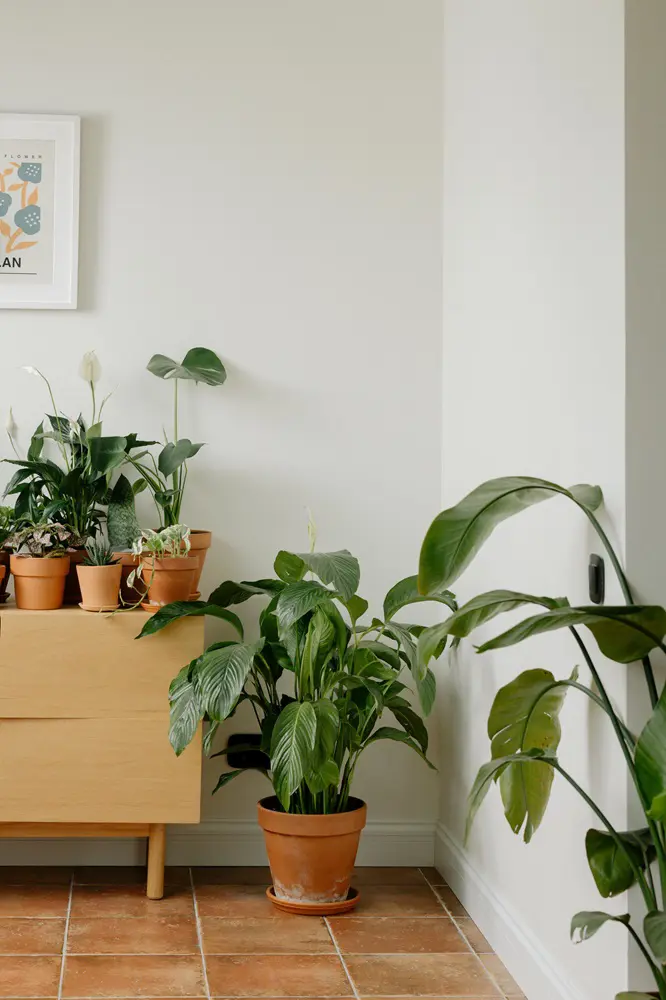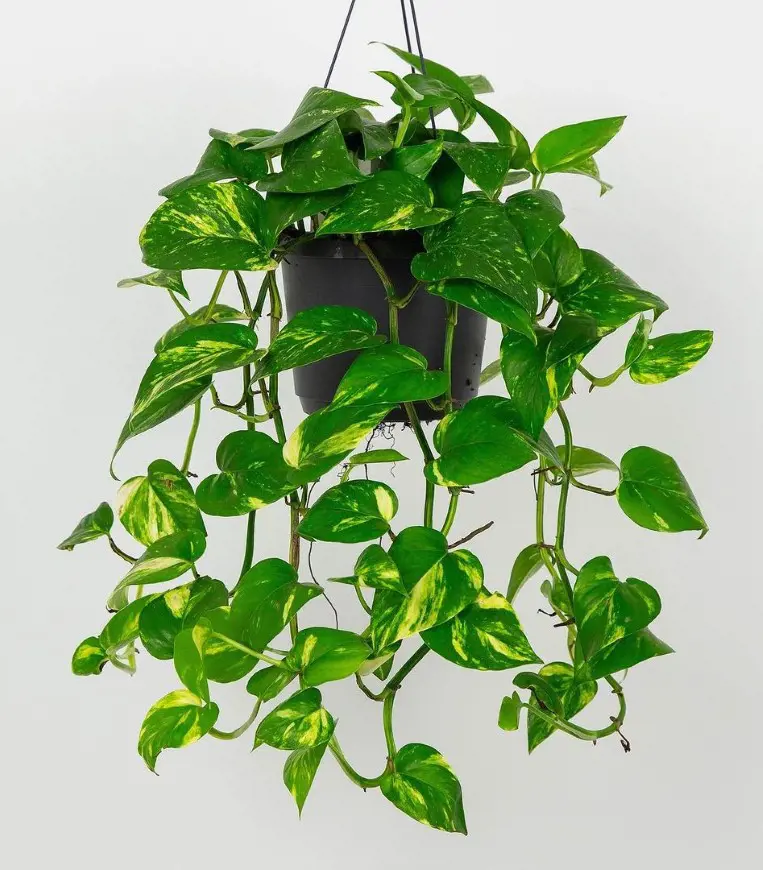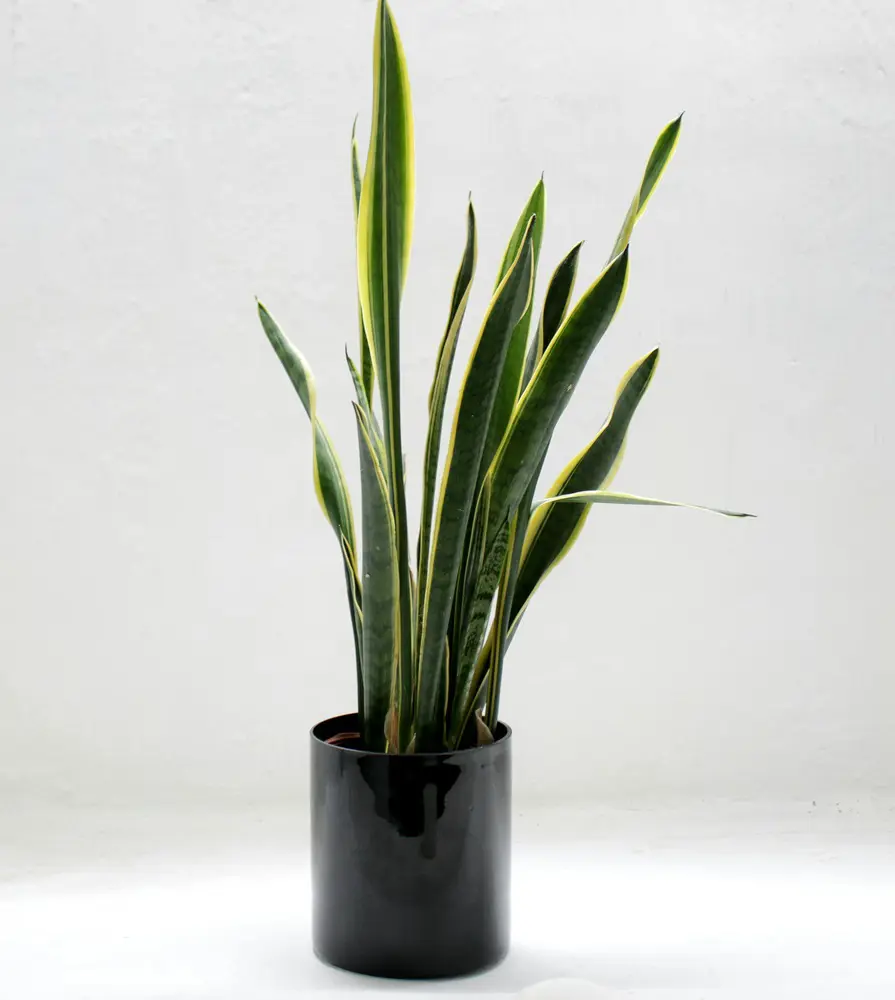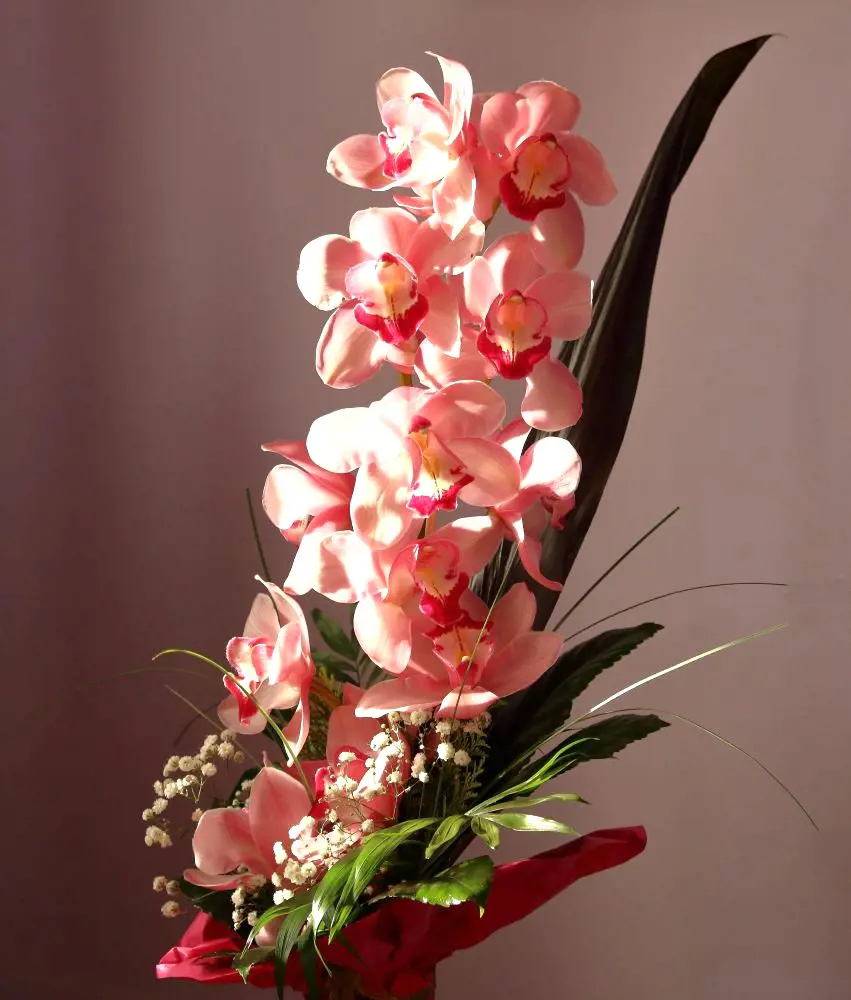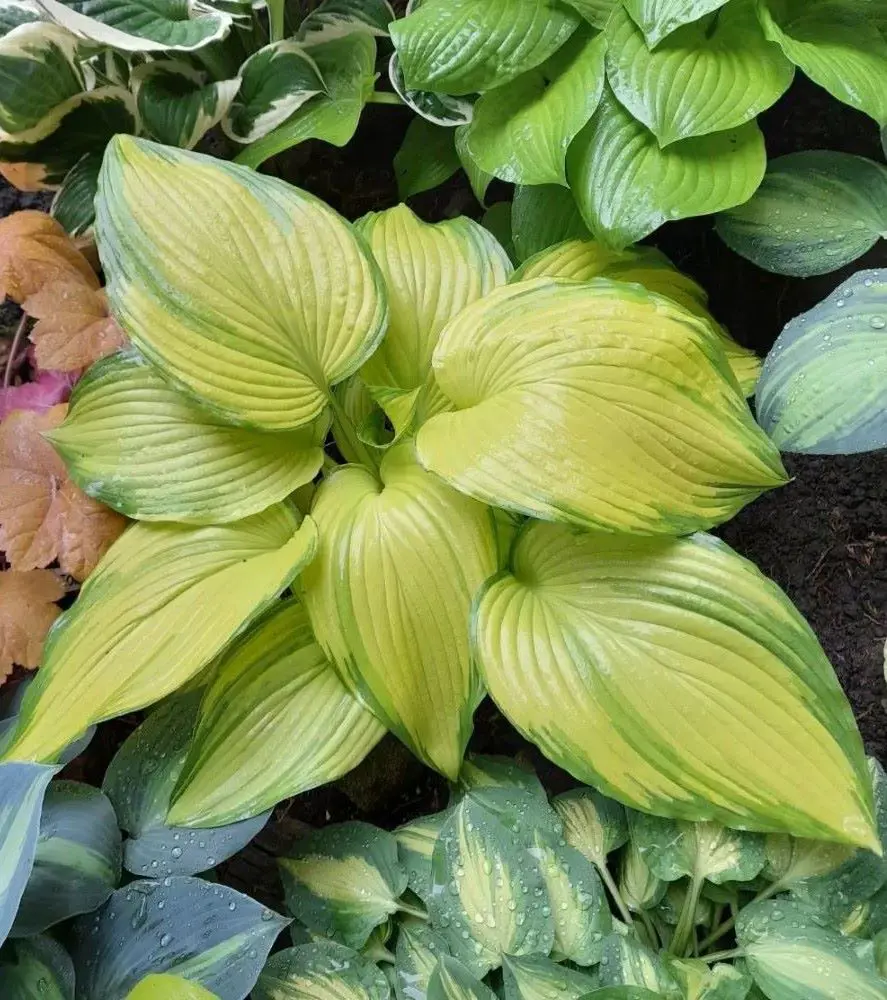Grow And Care Fuchsia Plant With Blooming Tips
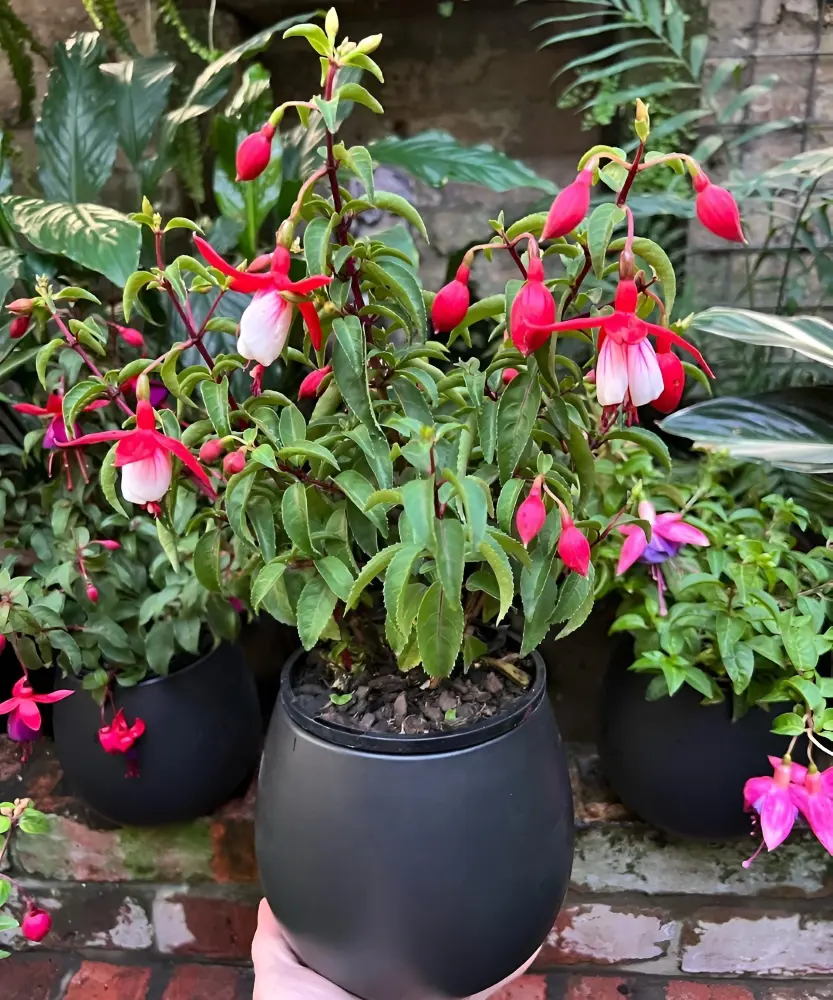
This post may contain affiliate links. If you make a purchase through links on our site, we may earn a commission.
Fuchsias are versatile plants that can be grown in various indoor and outdoor setups, including gardens, hanging baskets, and containers. However, knowing tips and tricks about growing Fuchsia helps to care for the plant better.
Fuchsia plants are popular ornamental shrubs known for their vibrant, pendulous flowers that come in a variety of colors. This exotic flower can be found in shades of pink, purple, red, and white. So, without further ado let us learn everything about growing this beautiful flowering plant.
Fuchsia Overview
| Botanical Name | Fuchsia (Group) |
| Common Name | Fuchsia |
| Family | Onagraceae |
| Type | Shrub, annual |
| Size | 1 to 2 ft. tall, with a similar spread |
| Sunlight Requirement | Partial shade |
| Soil Type/pH | Moist but well-drained/Neutral to acidic |
| USDA Growing Zone | Zones 10-11 |
| Native Area | Caribbean, South America |
What Is A Fuchsia?
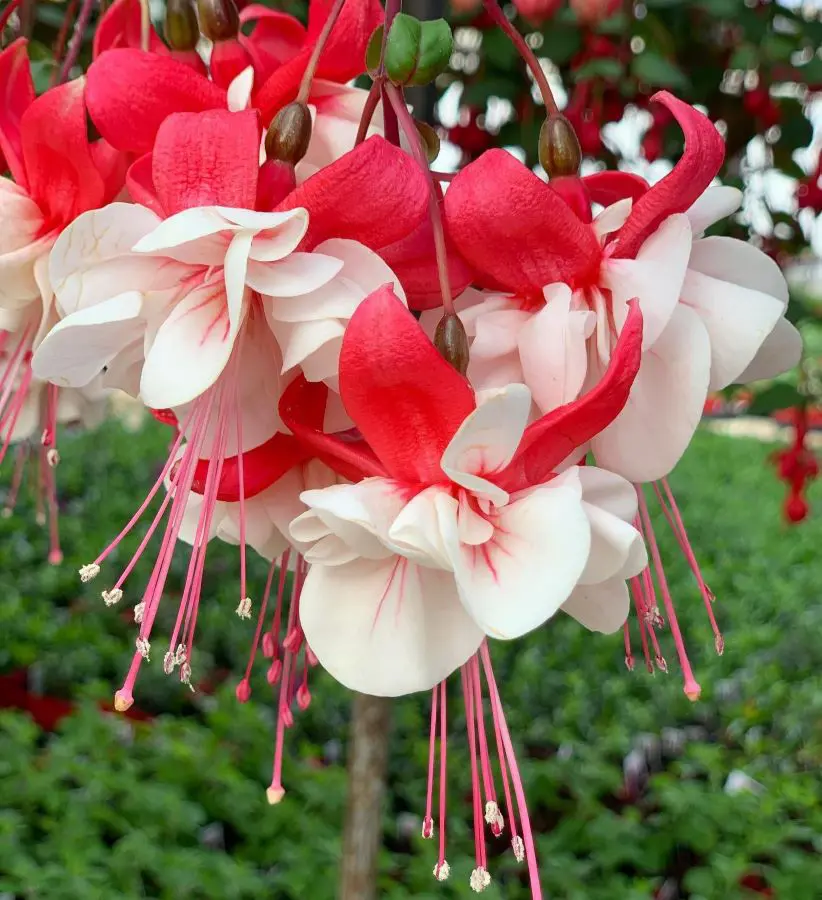
Fuchsia is a genus of flowering plants mostly consisting of bushes or small trees. There are about 110 different types, mainly found in South America, though some also grow in Central America and Mexico. These plants are famous for their bright, drooping flowers that come in many different hues. They typically have simple, narrow leaves that grow opposite each other or in groups of three to five, and they can be either evergreen or deciduous.
Fuchsias are one of the best indoor hanging plants commonly cultivated in hanging baskets or pots, which makes them quite popular for balconies, patios, and indoor areas. Besides, they can be planted in various settings, like mixed gardens, woodlands, or even on slopes and hillsides.
Fuchsia Care
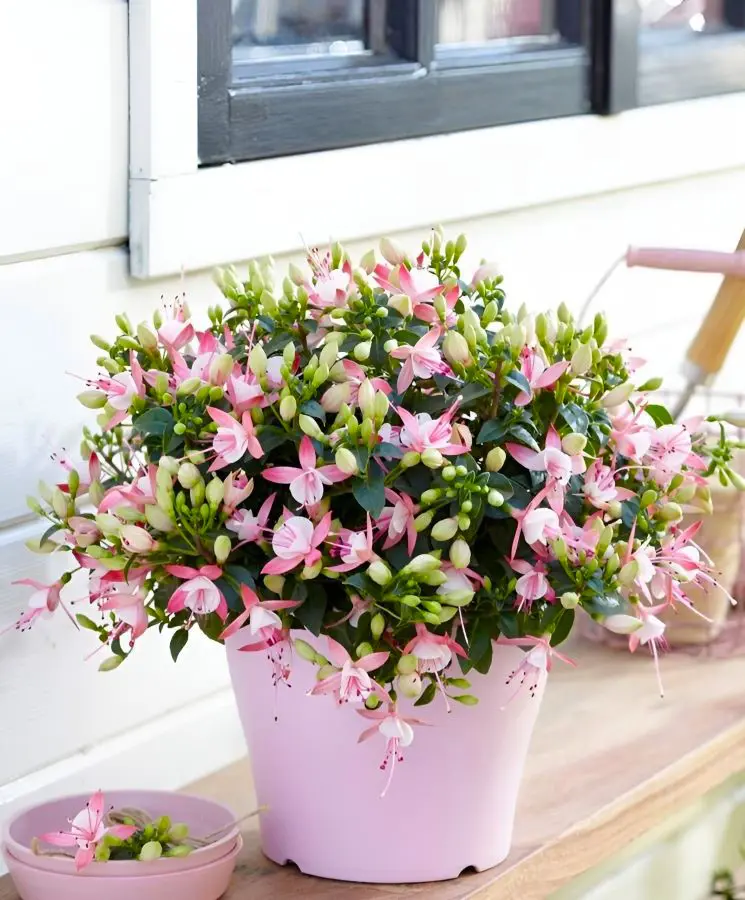
Fuchsia plants don't need constant care, but they do need some attention to grow well. They can handle being ignored for a while, but they won't do their best without the right care.
Even though fuchsias can survive with little care, they won't thrive and even produce fewer flowers. So, it's best to give them the care they need for the best growth and performance. Here are some care tips for growing fuchsia plants:
Light
Fuchsia plants thrive when they get some shade, enjoying sunlight in the morning and shade in the afternoon. In hot places, it's good to give them filtered light to avoid scorching their leaves. Indoors, put them close to a bright window where they can get indirect sunlight for healthy growth and lots of flowers.
Soil
Fuchsia flowers like soil that drains well and is rich in nutrients, with a slightly acidic pH of 6 to 7. Before planting them in the garden, mix in some compost to make the soil better. For fuchsias in pots, use a good potting mix that holds moisture but doesn't get too wet.
Water
Keep the soil damp but not soaked all the time. When the top inch of soil feels dry, give them a good watering, especially when it's hot. When fall and winter come and they grow slower, water them less. Try not to get the leaves wet to avoid getting them sick.
Temperature
Flowering fuchsia are happiest in temperatures between 60 and 75°F (15 and 24°C). Keep them away from really hot or cold spots because they like things to stay pretty steady. If it gets frosty, bring them inside so they don't get hurt.
Humidity
Fuchsias flowers like it when the air isn't too dry. Spraying them with water now and then or putting a dish of water close by can help keep them happy and stop the air from getting too dry, which can mess with their growth and flowers.
Fertilization
During the growing season, give fuchsia plants some food regularly with liquid or slow-release fertilizer that's balanced. Start in the spring and keep going every 2–4 weeks to help them grow well and make lots of flowers. When fall and winter come, they don't need as much food because they're growing slower.
How To Grow Fuchsia
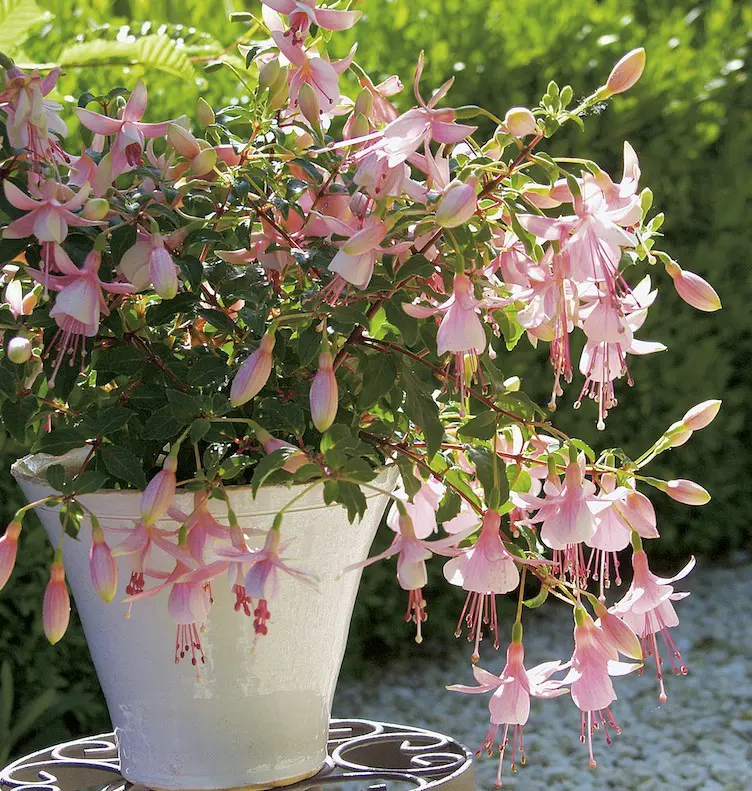
Growing fuchsia plants can be quite simple if you give them the proper attention. Whether you plant them inside or outside, these flowers need specific conditions to grow well. The time it takes for fuchsias to grow varies depending on things like the type, growing conditions, and how well you care for them.
When To Plant
The best time to plant the fuchsia varies depending on the type and the local climate. Here are some general guidelines:
- Hardy Fuchsias: These sturdy varieties should be planted in the spring or early summer. They can be safely transplanted into the garden after the risk of frost has passed.
- Half-Hardy Fuchsias: Plant half-hardy fuchsias outdoors in May or June, once the threat of frost has disappeared.
- Trailing Fuchsias: Trailing fuchsias can be pruned as needed throughout the year to maintain their shape and remove dead blooms and stems.
To sum up, plant hardy fuchsias in spring or early summer, half-hardy varieties in May or June after frost danger, and prune trailing fuchsias whenever necessary to keep them healthy and tidy.
Where To Plant
Fuchsia plants are commonly cultivated outdoors in diverse environments, including hanging baskets, containers, garden beds, borders, and wall pockets. They are even trained against walls as espaliers or grown as standard trees. These plants are also suitable as trailers in hanging baskets. Additionally, fuchsias can thrive indoors, especially in cool rooms with bright, indirect sunlight.
Planting Process
To plant fuchsia plants indoors, follow these steps:
- Choose cuttings or nursery starts.
- Plant them 4 inches apart in containers or hanging baskets and about 12 inches apart in zones 8–10 when planting in the garden.
- Use a rich potting soil with plenty of organic matter that retains moisture for fuchsia plants grown in hanging baskets.
- For outdoor planting, ensure the site has rich soil that drains well and ample water.
- Fertilize at half-strength throughout the growing season.
Fuchsias can be trained to grow as bushes, trees, baskets, wall pockets, espaliers, or bonsai. Pinch out growing tips after two sets of leaves are formed to encourage bushier growth and more blooms.
Pruning
Pruning is super important for keeping fuchsia plants healthy and looking good. When you prune regularly, fuchsias make more flowers because they put more energy into growing new flower shoots. Moreover, getting rid of dead or sick branches stops diseases from spreading and keeps your plant healthy.
The best time to prune fuchsia plants is in the spring or late winter when they're just starting to grow new leaves. You can do little trims throughout the year, but save the big cuts for spring.
How to Prune Fuchsia
- Get some shears or snips from a gardening store and make sure they're clean.
- In spring, use your shears to cut off any dead or broken bits at a slanted angle above where it's healthy.
- Trim back the healthy branches by about a third to help them grow more.
- In the summer, tidy up your plant by cutting off any branches that are getting in the way or growing weirdly.
- Trim the tips of the branches to encourage more branches to grow.
- Keep your plant's shape nice by cutting the branches evenly.
Risks of Pruning Fuchsia
There are some risks when pruning fuchsia plants:
- Harming the Plant: If you prune too much or do it the wrong way, you might hurt the plant, which can make it stressed or grow slower.
- Spreading Diseases: If you don't prune correctly or clean your tools, you might spread germs that can make the plant sick.
- Unexpected Outcomes: If you don't prune at the right time or do it the wrong way, it could have bad effects like delaying when the plant flowers or making it less healthy.
Nevertheless, fuchsias are pretty tough, and they usually bounce back from pruning mistakes. Just be careful and plan things out, and you can avoid most of these risks.
Propagating Fuchsia
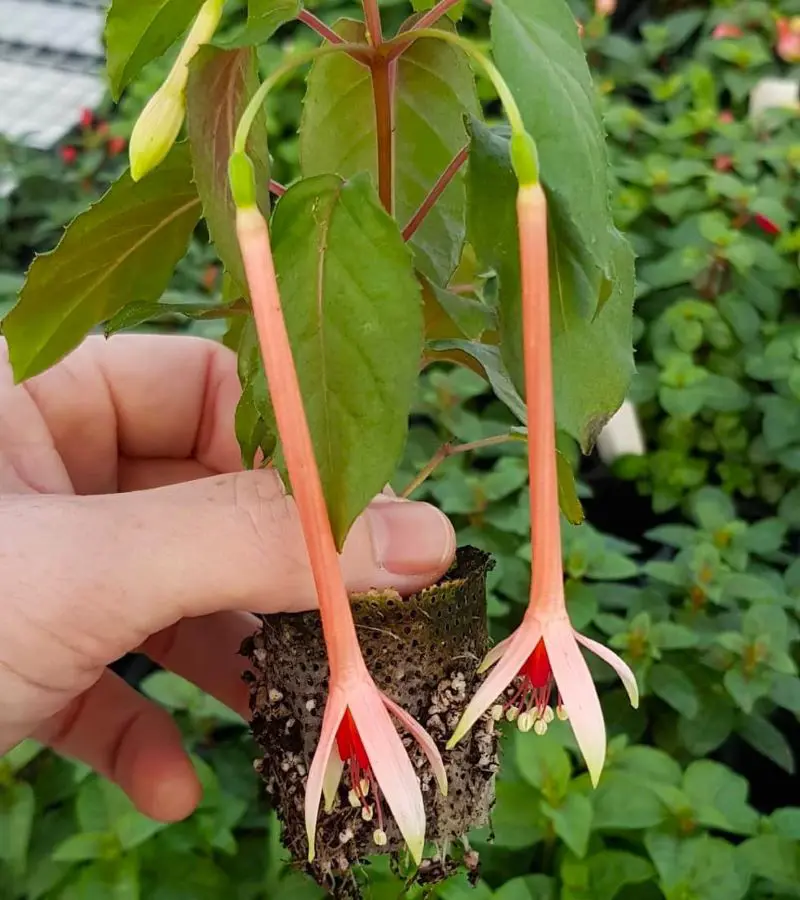
Propagating fuchsia simply means making new fuchsia plants from existing ones. There are a few ways to propagate fuchsia, including through cutting, sinkers, and division.
Among them, the most common and easy way to propagate is by taking cuttings from a healthy fuchsia plant. This means cutting a piece of stem that's not too hard or too soft and getting it to grow roots so it can become a new plant.
Steps for Propagating from Cuttings
Find a healthy fuchsia plant and cut a piece of stem that's about 2 to 4 inches long, with at least two sets of leaves. After that:
- Take off any leaves from the bottom of the cutting. You can also put some special stuff on the end to help it grow roots better.
- Use soil that drains well and put it in a pot. Make sure it's a bit wet before you put the cutting in.
- Make a hole in the dirt and put the cutting in so the part where you took off the leaves is under the soil.
- Press the dirt around it so it stands up.
- Put a clear bag over the pot to keep the air around the cutting nice and moist.
- Put it in a warm, bright spot, but not in direct sunlight.
- After a few weeks, check to see if the roots are growing.
- When they do, take off the bag and keep taking care of the new plant.
How to Grow Fuchsia From Seed
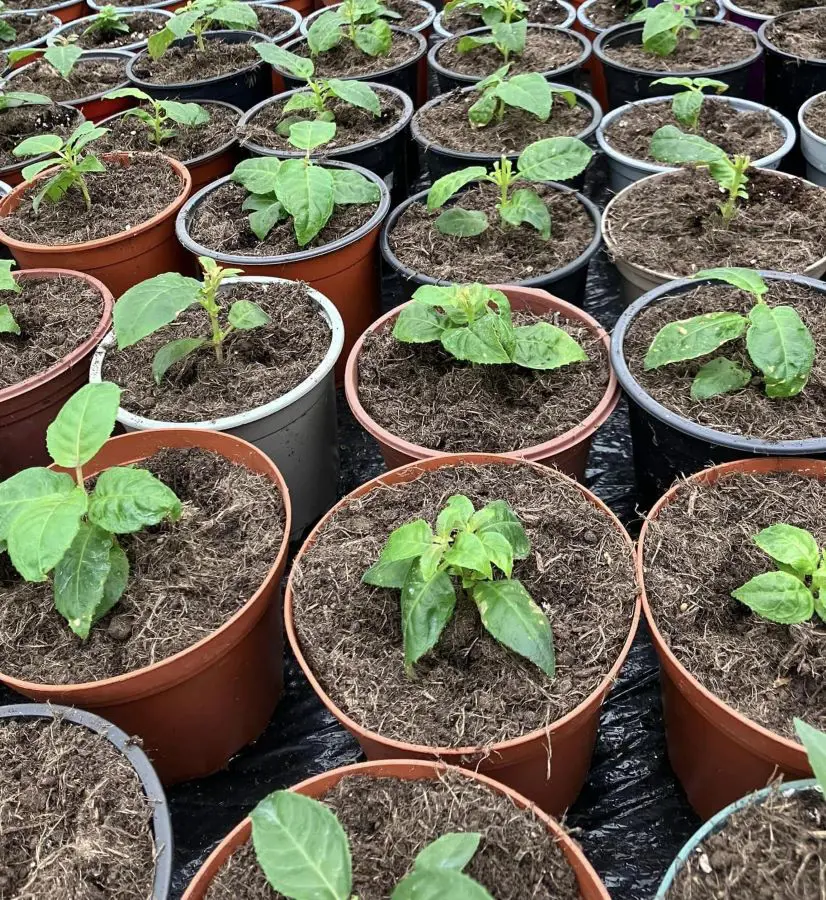
While most people prefer to grow fuchsias from cuttings because it helps keep the same traits as the parent plant, growing them from seeds can be fun and lead to new varieties. You can collect seeds from ripe fuchsia berries.
In the United States, the ideal time to plant fuchsia seeds is in March or April, when spring begins. While you can sow fuchsia seeds as soon as you collect them in the fall, it's usually better to store them during the winter and plant them indoors in the spring, typically in March or April.
Steps for Growing Fuchsia from Seeds
- Take the seeds out of the ripe berries and let them dry overnight on a paper towel.
- Put the dry seeds on top of good-quality soil in a pot. Press them in, but don't cover them because they need light to start growing.
- Put the pots in a warm place with some sun or on a sunny windowsill. Keep the soil damp but not too wet.
- Keep an eye on the pots for little plants, which might show up in a few weeks or even a few months. When they have a few leaves, move them into their pots.
- Young fuchsias might make flowers in their first year, but they usually do better in their second year. Keep giving them care and attention as they grow.
Potting and Repotting
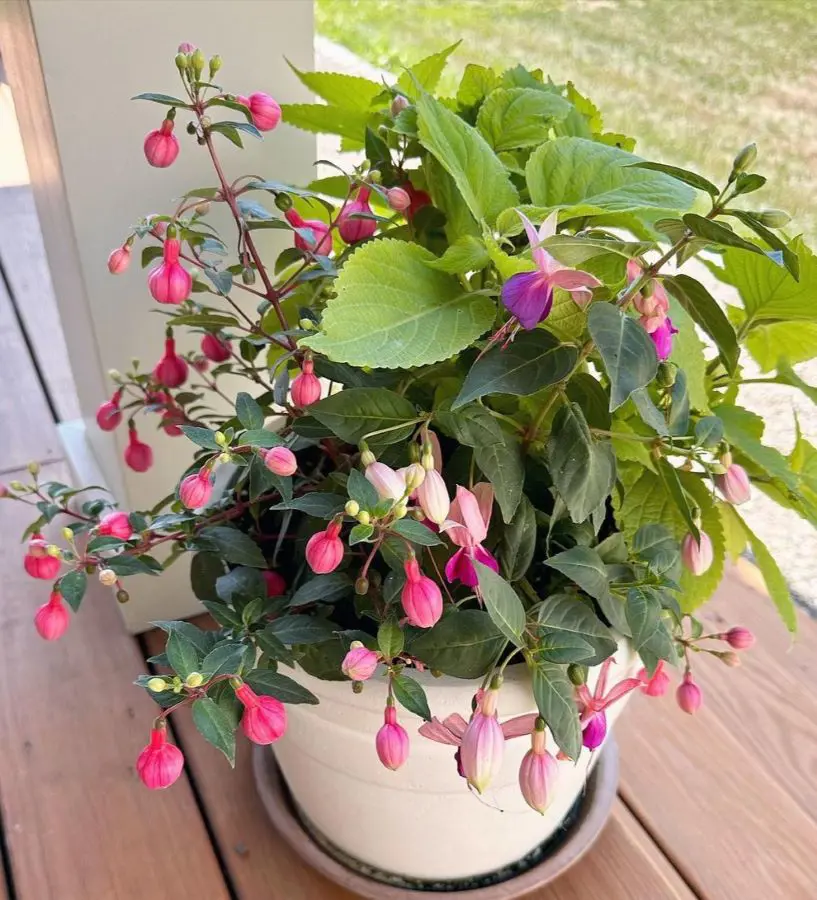
When picking a pot for your fuchsia plants, go for one with good drainage. Use a mix of compost without peat, with slow-release fertilizer mixed in. Smaller fuchsias can go in smaller pots, while bigger ones need bigger pots to avoid getting their roots too cramped.
These plants can stay in the same pot for a few years if you take good care of them. But, keep an eye out for signs like roots poking out or slow growth. This is the sign to move them to a new pot. Usually, you should do this every 2 to 3 years, but if your fuchsia shows signs of needing more space sooner, don't wait too long to repot it.
Here's how to move your fuchsia to a new pot:
- Choose a slightly bigger pot with drainage holes.
- Water the fuchsia a day before to make it easier to remove.
- Gently take it out of the old pot.
- Check the roots for any issues and trim the damaged ones.
- Put fresh soil at the bottom of the new pot, and place the fuchsia in the center at the same depth as before.
- Fill around the roots with more soil, patting it down gently.
- Water the plant well to settle the soil.
Overwintering
Fuchsia plants aren't always able to handle the cold of winter, and they can get damaged or die if it's too harsh. In winter, it's common for them to lose their leaves and look like they're dying down to the ground, with only brittle stems left.
There are a few ways to protect fuchsia plants during the winter:
- Indoor Houseplants: You can bring fuchsia plants inside and keep them as houseplants during the winter, but it can be tricky. Make sure to bring them in before it gets too cold.
- Dormant Houseplants: Fuchsias are easier to look after indoors if you let them go dormant. Keep them in a dark, cool place like a basement or garage where they won't freeze, and only water them when the soil feels dry.
- Outdoors: If you have fuchsias planted in the ground and they're hardy, put a thick layer of mulch around them in the fall to keep them warm. You can also wrap them up with burlap and straw to protect them from frost and snow.
- In Containers: Before it gets too cold in the fall, start watering your fuchsias less. When it's about to frost, bring them inside to somewhere that won't freeze, like a garage or basement. Keep them in a cool, dark place until spring, watering them only a little bit every few weeks.
How to Get Fuchsia to Bloom
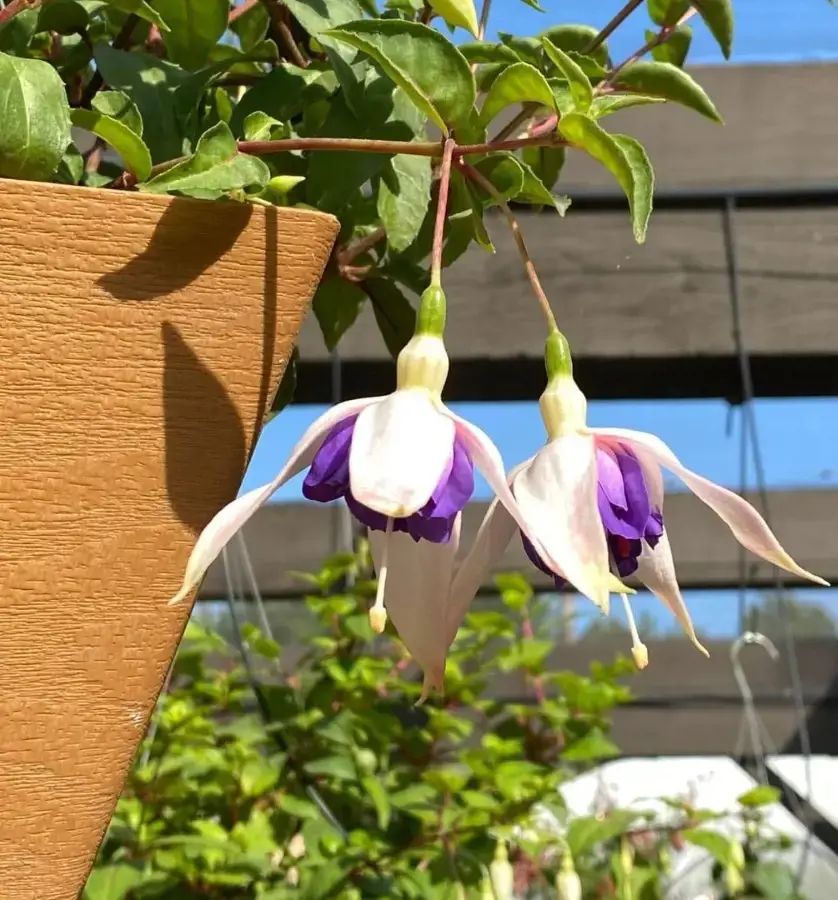
Fuchsia plants usually start blooming in the middle of spring and keep going until the first frost, but it can vary depending on the type of fuchsia and where you live.
To make sure your fuchsias keep blooming, you need to take care of them regularly. That means cutting off the old flowers and pinching back the stems to help new ones grow. They also need the right fertilizer to make strong flowers. Fuchsias like being in a sunny spot but not in direct sunlight all the time. They like lots of light but prefer cooler, damp places.
If you're taking good care of your fuchsia plant and you see new leaves growing, it should start making flowers about six weeks after you last trimmed it back. But sometimes, things like the weather getting colder or changes in how much light it gets can change when it starts blooming.
Fuchsia Types
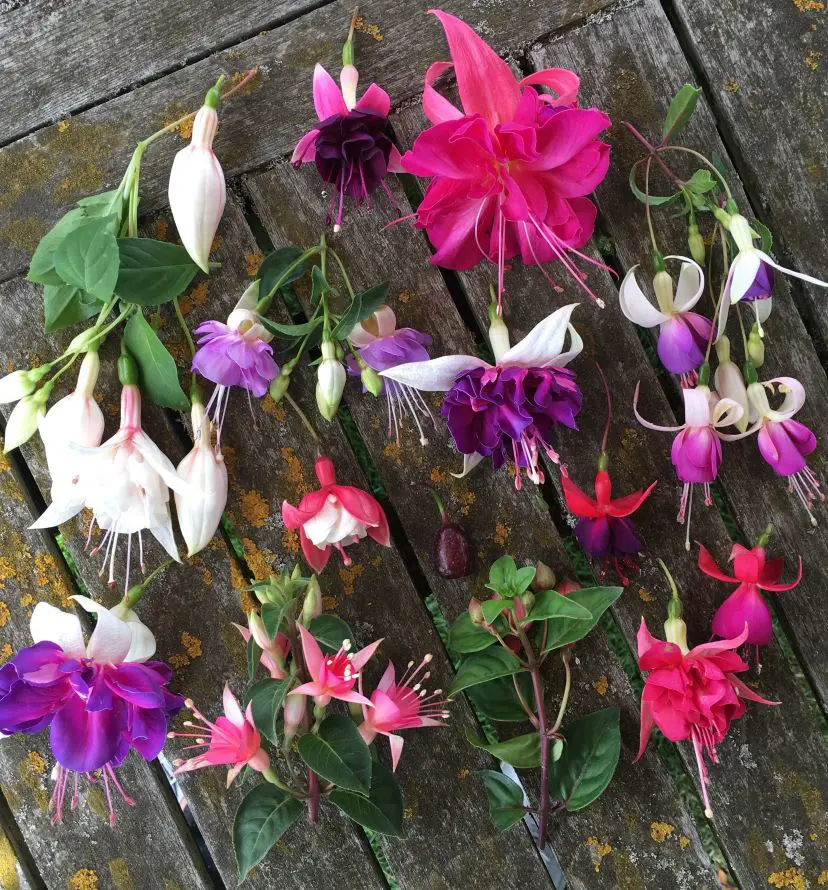
With over 3,000 different types of fuchsia plants out there, picking one can be hard. In places like the northern U.S., the hanging kind of fuchsia is super popular, especially in baskets. Lately, the ones that stand up straight are getting more attention too.
When it comes to putting them in pots, you can mainly choose between ones that hang down, great for baskets, and ones that grow upward, perfect for big pots.
Here are some great types of this garden flower that you can grow at home:
- Swingtime: This variety hangs down and has white petals in the middle with bright red edges.
- Army Nurse: This one stands up straight like a little bush and has purple petals with red edges. It's good for big pots or planting in the garden.
- Rapunzel: It hangs down like vines and has flowers that are purple with a bit of pink and white mixed in. It's known for having long vines.
- Phyllis: This one grows upright and has deep red petals with lighter red edges.
These types of fuchsias are great for growing at home. They come in different colors and shapes, so you can pick the ones you like best and that will grow well where you live.
Common Pests and Diseases
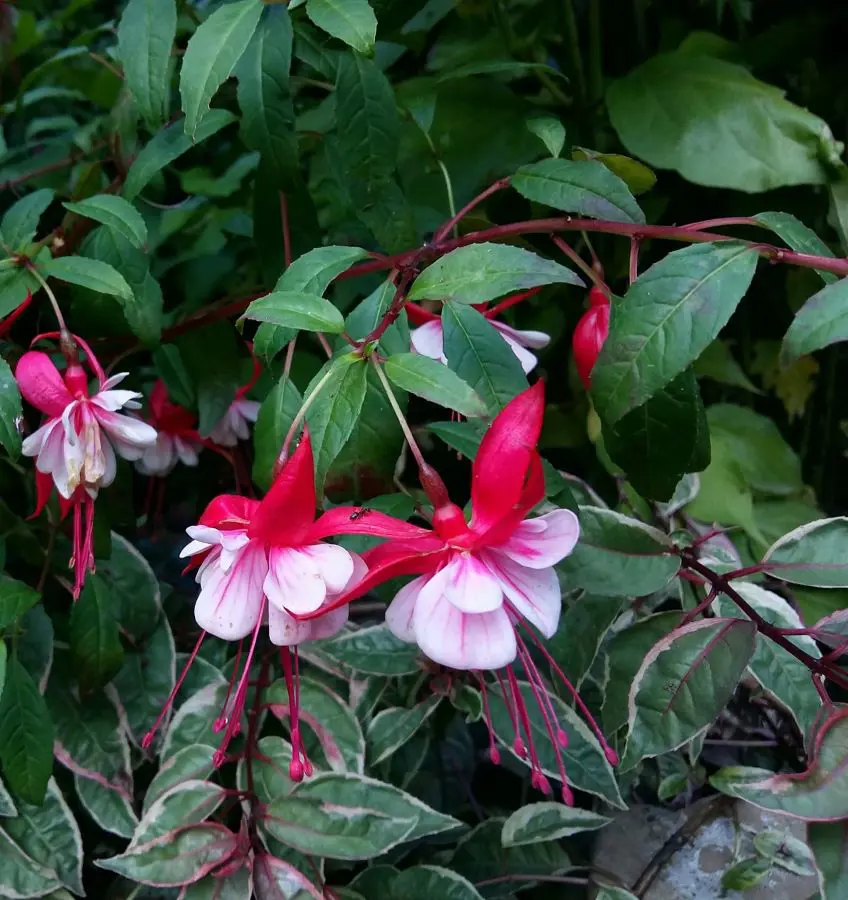
Despite what many people think, fuchsia plants are pretty easy to grow and are considered one of the simplest plants to take care of. They bloom with lots of flowers all through the summer and hardly ever get viruses. They might sometimes get a few fungal diseases like rust, botrytis, or sooty mold.
Even though fuchsia might sometimes have to deal with pests and diseases, you can usually manage these issues if you take good care of your plants. Things like how clean your plant is, the environment it is in, and if any bugs eat pests around can all affect whether your plant gets pests or diseases.
Here are some of the common pests and diseases that can bother fuchsia plants and how to deal with them:
Pests
Aphids, whiteflies, thrips, vine weevils, and red spider mites can be controlled using insecticidal soap or neem oil. You can also bring in helpful bugs like ladybugs and lacewings or spray water to get rid of pests.
Diseases
Fungal diseases like rust, botrytis, and sooty mold can be treated with fungicidal sprays. Watering the plant at the base instead of from above can help prevent fungal infections. Pruning away affected parts can stop diseases from spreading.
Prevention Methods
- Practice companion growing by planting garlic near fuchsias, which can keep aphids away, while marigolds can scare off pests like the Mexican bean beetle.
- Keeping your plant area clean by getting rid of dead leaves and other stuff can lower the number of pests and diseases.
- Introducing beneficial bugs like ladybugs, lacewings, and parasitic wasps can help control pests and diseases naturally.
Recent posts
Plant Care
Plant Care
How To Grow and Care For Peace Lily Plant
The Peace Lily is an indoor plant that is most valued for its beautiful and shiny green leaves as well as the white blooms. Hard and tolerant, it’s naturally a low-maintenance addition to your plant collection. If you are confused, let us tell ...
Plant Care
Pothos Plant Care And Growing Guide
Adding a Pothos plant (Devil’s Ivy) to your home benefits the environment and aesthetic of your personal space. It's easy to maintain and is loved for it's ability to enhance indoor air quality by removing toxins like formaldehyde, benzene, and...
Plant Care
Snake Plant Care and Growing Guide
Snake plants require low maintenance, and low light and are almost impossible to kill, making them a perfect plant for beginners and seasoned gardeners. In this guide, we will explore essential care tips and optimal growing conditions for snake plant...
Plant Care
Orchid Plants Care: 11 Tips And Tricks You Should Follow
If you love gorgeous orchids but are worried they're too high-maintenance, don't worry. This guide is like a cheat sheet for orchid newbies. Forget fancy words and confusing schedules—we're talking about 11 easy tips to keep your orchid happy a...
Plant Care
How To Plant, Grow and Care Majesty Palm
The majestic palm, scientifically known as Ravenea rivularis, makes for a stunning indoor tree with its lush and grand fronds. Originating from Madagascar's river banks, this resilient houseplant is cherished not only for its beauty but also for its ...
Plant Care
How To Grow And Care For A Hosta Plant
Hosta plants are widespread perennials, often grown for their beautiful and diverse foliage. They are extremely easy to care for and can thrive in various conditions, particularly shade or semi-shade. These hardy plants can last for many years and re...
